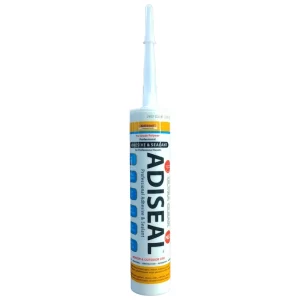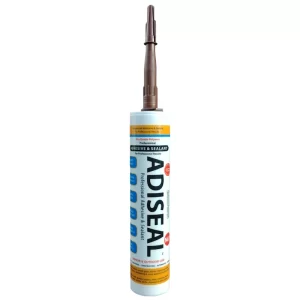Water Sealant
Water Sealant: Protecting Surfaces from Water Damage
Water sealants are essential for safeguarding surfaces from water damage and preventing moisture intrusion. In this article, we will explore the functionality, applications, and benefits of water sealants. Discover how these versatile products can effectively protect various materials from the harmful effects of water and ensure the longevity of your surfaces.

Understanding Water Sealants
1. The Purpose and Importance of Water Sealants:
– They are specially formulated products designed to create a barrier that prevents water from penetrating surfaces.
– Their primary function is to enhance the water resistance of materials, reducing the risk of water-related issues such as rot, mold, and deterioration.
2. Applications of Water Sealants:
– They are widely used in both residential and commercial settings for various applications.
– They can be applied to surfaces such as concrete, wood, stone, brick, and metal, providing protection against water damage.
Benefits and Features
1. Water Resistance:
– They offer excellent water resistance, preventing water from seeping into surfaces and causing damage.
– They create a protective layer that repels water, reducing the risk of moisture-related issues and preserving the integrity of the surface.
2. Versatility:
– They can be used on a wide range of materials, including exterior walls, driveways, roofs, decks, and foundations.
– They provide versatile protection against water intrusion, making them suitable for both indoor and outdoor applications.
3. Long-lasting Protection:
– It forms a durable and long-lasting barrier that can withstand weather elements and resist the effects of aging.
– They offer extended protection, ensuring the longevity and durability of the sealed surfaces.
4. Easy Application and Maintenance:
– They are generally easy to apply, either by brushing, rolling, or spraying, depending on the product.
– Regular maintenance involves inspecting the sealed areas and reapplying the sealant as necessary to maintain optimal protection.
Best Practices for Application
1. Surface Preparation:
– Thoroughly clean the surface, removing any dirt, debris, or loose materials before applying the water sealant.
– Ensure the surface is dry to promote better adhesion and effectiveness of the sealant.
2. Application Techniques:
– Follow the manufacturer’s instructions for the specific product, including the recommended coverage rate and application method.
– Apply the sealant evenly and generously, ensuring complete coverage of the surface to create a reliable barrier against water intrusion.
3. Curing and Maintenance:
– Allow sufficient time for the sealant to cure and fully bond with the surface before exposing it to water or other environmental factors.
– Regularly inspect the sealed areas and address any signs of wear or damage by reapplying the water sealant as needed.
Conclusion
Water sealants play a vital role in protecting surfaces from water damage and preserving their integrity. With their excellent water resistance, versatility, ease of application, and long-lasting protection, they are an essential tool for homeowners and professionals alike. By following proper surface preparation, application techniques, and regular maintenance, you can ensure the effectiveness and longevity of water sealants, keeping your surfaces safe from the damaging effects of water.
Showing all 5 results




